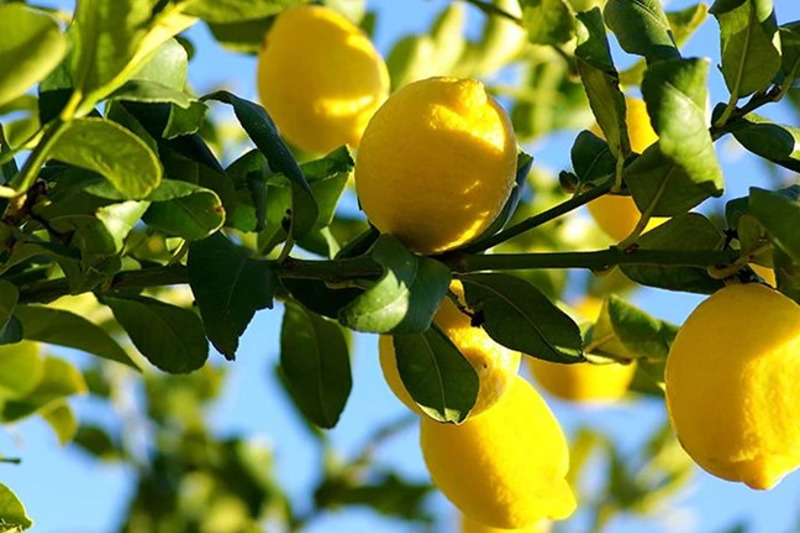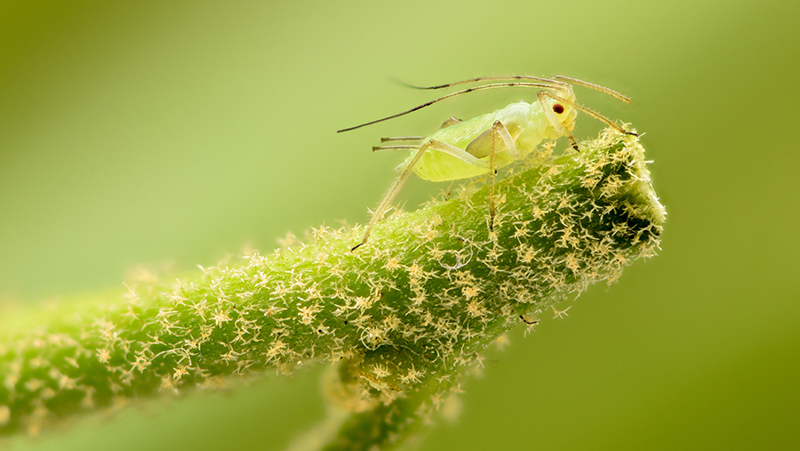Yates Account
Join now
Create a Yates account today!
Sign up to join the Yates Garden Club for monthly e-mails packed with seasonal inspiration, tips for success & exclusive promotions.
Plus if you’re a Garden Club member you can take part in the Yates Growing Community - a blog to share successes, get advice & win prizes in fun challenges along the way!

Forgot password
Enter the email address associated with your account, and we'll email you a new password.

Hungry Hungry Citrus
Citrus trees like mandarins, oranges, lemons, limes and grapefruit are always hungry! They’re busy throughout the year, growing lush new foliage, producing beautifully perfumed flowers and developing their delicious fruit.
During early autumn citrus trees will grow a lovely new flush of leaves in addition to continuing to nurture their fruit. It’s important to support citrus during this hectic time and provide them with lots of nutrients to ensure they’re well fed.
It’s easy to give in-ground and potted citrus the nutrition they need by mixing 2 capfuls of Yates Thrive Citrus Liquid Plant Food into a 9L watering can and applying over the root zone each week. It's a complete citrus fertiliser that contains a specially formulated blend of nitrogen to promote green leaf growth, phosphorus for strong root development and potassium to encourage flowering, healthy plants and quality fruit.
Retain Moisture in the Soil
In addition to nutrients, having access to enough moisture is important for fruit quality. Citrus trees have a shallow root system and can dry out quickly. Keep the soil or potting mix moist with regular, deep watering. Spreading a layer of organic mulch, like bark chips, over and around the root zone will help retain soil moisture. Make sure to keep the mulch 5-10 cm away from the trunk. This allows for improved airflow and helps reduce the risk of disease getting started.
Remove any weeds and grasses growing around the base of citrus trees. Competitive weeds hog a lot of water and nutrients before the tree can get them. Tall weeds also reduce airflow around the tree’s trunk, creating ideal damp conditions for diseases to develop.
Remove Shoots Growing from Below the Graft
Many citrus trees are grafted. This means the variety that produces the fruit is grafted onto the root system of a more vigorous variety. This helps promote fast and productive growth.
It’s important to remove any green stems that grow from below the graft (the bumpy bit at the base of the trunk). Any shoots (known as ‘suckers’) that pop out from here are actually from the root stock, so they won’t produce the fruit you’re expecting. If you let them grow, suckers can eventually become dominant and take over the entire tree. Suckers are often thorny, so they’re easy to spot – snip them off as soon as you notice them.
Protect Your Citrus Trees Against Pests
Scale & Aphids
Scale and aphids are very common pests of citrus. Scale appears as raised white, brown or pink-coloured bumps on stems, leaves and fruit. Masses of aphids enjoy feasting on tender new leaves and stems, plus cause leaves to curl under.
Scale and aphids are both sap-sucking insects. They both excrete a sweet sticky substance called honeydew.
Ants
Ants are attracted to honeydew - if you see ants moving up and down your citrus tree, it's almost certain to be a sign of scale or aphids infesting the tree.
Sooty Mould
The disease sooty mould, which forms a black film over the leaves, is another consequence of honeydew. Living off the honeydew, the unsightly mould will disappear once the sap-sucking insects are controlled.
Regular applications of Yates Natures Way Organic Citrus, Vegie Ornamental Spray, on both the upper and lower leaf surfaces, will help keep aphids under control. It’s based on natural pyrethrin and vegetable oil and is certified for use in organic gardening, so it's ideal for gardeners wanting to use organic methods of insect pest control.
Lemon Tree Borer
Keep in mind that in early autumn adult Lemon Tree Borer moths are still flying, looking for places to lay their eggs. The scent of freshly pruned citrus trees attracts them like a magnet, so it’s wise to hold off any pruning until April. Whenever you're pruning, make sure to tidy up and burn the offcuts.
After they hatch out, larvae can spend one or two years tunneling their way along inside the centre of the branches, towards the stem. Signs of these destructive pests are wilting leaves or dieback of individual branches, or even the sudden death of a tree. Observation of 2-3mm round holes in branches, with visible clumps of powdery sawdust (actually, it’s frass – excrement from the borer larvae) confirms an infestation.

Protection from Possums and Rats
Possums and rats are known to have an appetite for citrus fruit, especially the peel.
Physical protection of trees with wire mesh and netting can help prevent fruit being damaged. To help reduce rat numbers in the garden, a Ratsak Trap Station can be used, which contains a powerful trap but keeps pets and kids safe from harm.
How to Know When to Harvest Citrus Fruit
Citrus fruit won't ripen or become sweeter after it’s picked, so it's important to only pick fruit once they're ripe. Commercial citrus growers have special tools to measure the ripeness of citrus fruit. All home-growers need to do instead is try one! Pick just one fruit that is the right colour (for mandarins and oranges this is bright orange) and taste one. Is it sweet and juicy? If not, wait another week and try again. Sweetness and juiciness usually increase as the fruit matures. Don't leave it too long though, over-ripe fruit can become less juicy.
















Share
Share this article on social media